Lifestyle changes are affecting sales
The UK’s take-home bacon market is down 0.4% to slightly more than £1bn for the year to September 11, with UK households buying 200,000 tonnes of bacon annually.
Bacon rashers represent 75% of category sales. They are bought for the home, on average, once every three weeks. But though rashers have long been a staple of the Great British shopping basket, latest data shows sales fell 2% in value in the past year and 3% in the latest quarter. The category has lost buyers and consumers are buying less frequently.
This is despite bacon being one of the most heavily promoted categories. Promotional expenditure grew 50% in the latest year.
Multibuys are the predominant promotional mechanism, accounting for 15% of total category spend, rising to 20% in rashers.
So why are promotions failing to stimulate consumer demand? Subtle changes in consumer lifestyles and attitudes may be affecting bacon sales. Half of all bacon rashers are eaten at breakfast, but the sit-down breakfast occasion is in long-term decline.
Consumers need to be encouraged to eat rashers in light meals and snacks, and to use them in cooking, such as in stir-fries and pasta.
Some 60% of occasions featuring bacon rashers are driven by enjoyment. Health is a driver in fewer than 4% of occasions. Yet the driver behind one third of all breakfasts (and one-fifth of all meals today) is health. Are manufacturers and retailers missing a trick by failing to tap into health concerns?
Although rashers are in decline, other sectors have had solid growth. Joints have grown 7% in value without excessive promotion. Chops grew 8%, but still constitute less than 1% of total category sales. Georgina Pickford, TNS Superpanel
Produced for The Grocer by TNS Superpanel. For more information call 020 8967 4521
The UK’s take-home bacon market is down 0.4% to slightly more than £1bn for the year to September 11, with UK households buying 200,000 tonnes of bacon annually.
Bacon rashers represent 75% of category sales. They are bought for the home, on average, once every three weeks. But though rashers have long been a staple of the Great British shopping basket, latest data shows sales fell 2% in value in the past year and 3% in the latest quarter. The category has lost buyers and consumers are buying less frequently.
This is despite bacon being one of the most heavily promoted categories. Promotional expenditure grew 50% in the latest year.
Multibuys are the predominant promotional mechanism, accounting for 15% of total category spend, rising to 20% in rashers.
So why are promotions failing to stimulate consumer demand? Subtle changes in consumer lifestyles and attitudes may be affecting bacon sales. Half of all bacon rashers are eaten at breakfast, but the sit-down breakfast occasion is in long-term decline.
Consumers need to be encouraged to eat rashers in light meals and snacks, and to use them in cooking, such as in stir-fries and pasta.
Some 60% of occasions featuring bacon rashers are driven by enjoyment. Health is a driver in fewer than 4% of occasions. Yet the driver behind one third of all breakfasts (and one-fifth of all meals today) is health. Are manufacturers and retailers missing a trick by failing to tap into health concerns?
Although rashers are in decline, other sectors have had solid growth. Joints have grown 7% in value without excessive promotion. Chops grew 8%, but still constitute less than 1% of total category sales. Georgina Pickford, TNS Superpanel
Produced for The Grocer by TNS Superpanel. For more information call 020 8967 4521



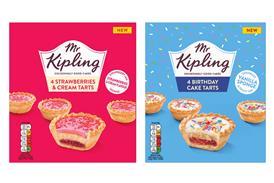








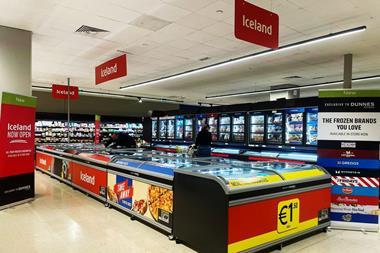
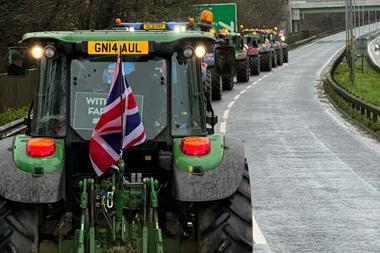

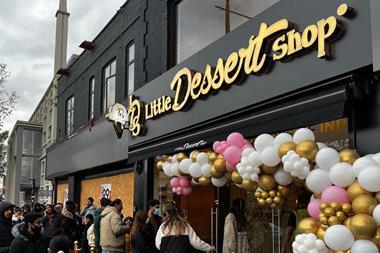
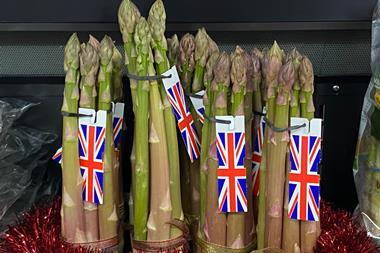
No comments yet